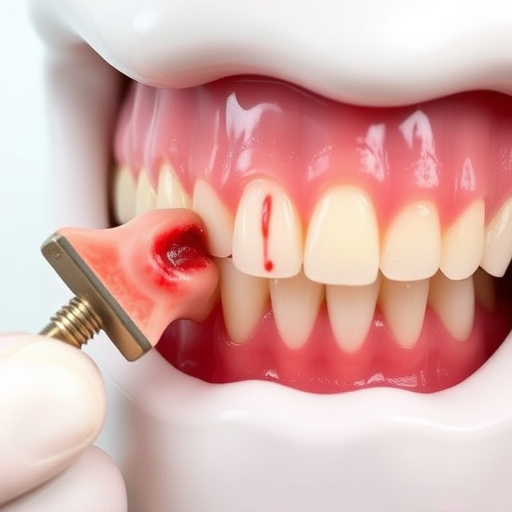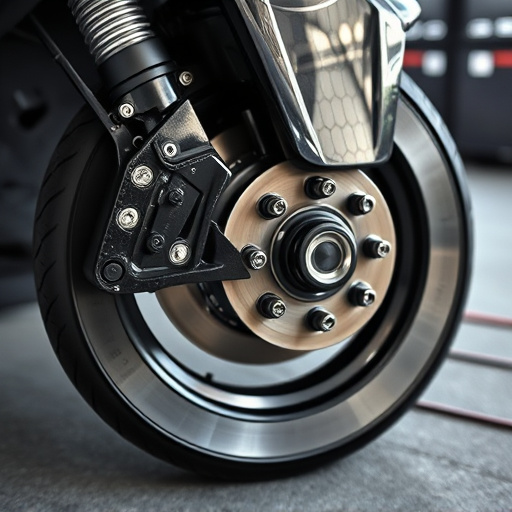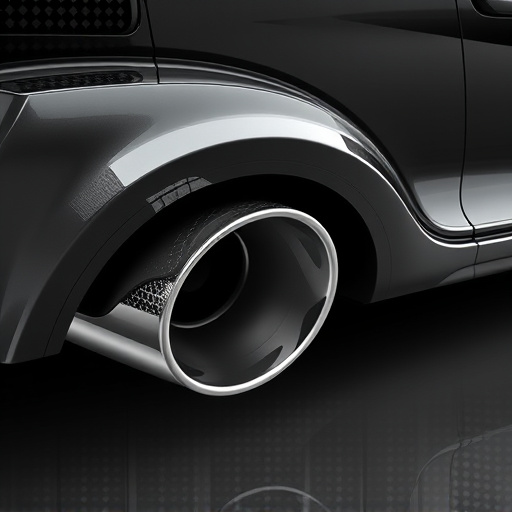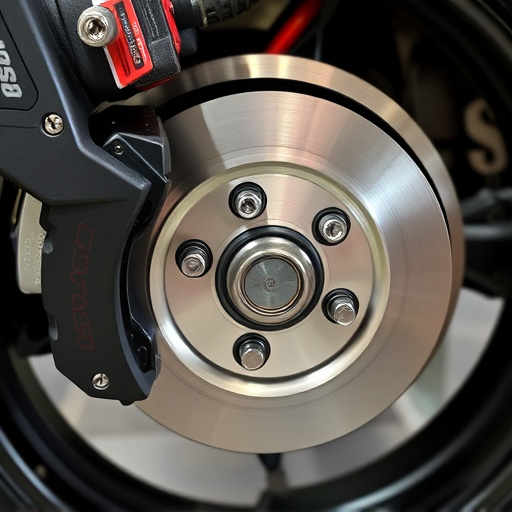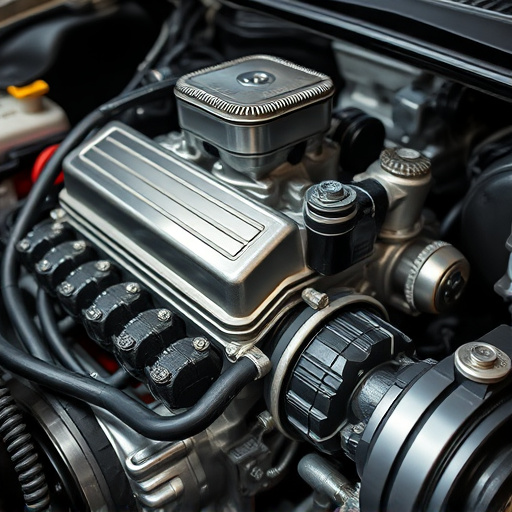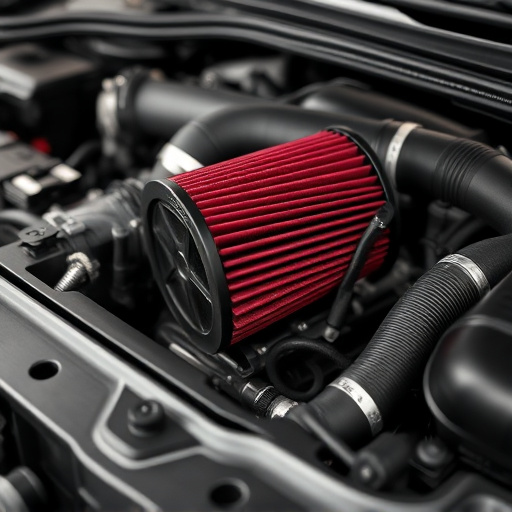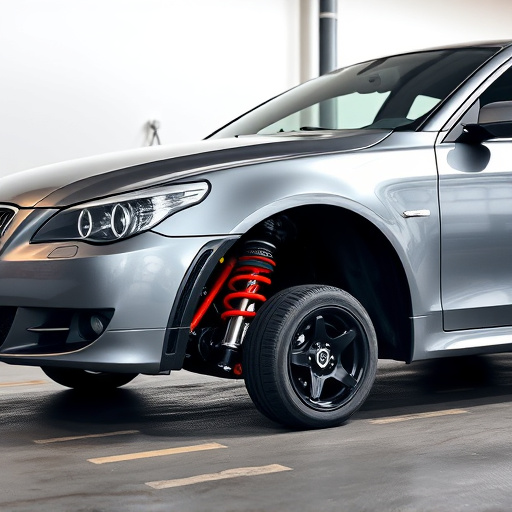Turbo heat shields are critical for protecting high-performance vehicles' engines from extreme heat generated by turbochargers, extending component lifespans and reducing maintenance needs. Choosing the right shield involves considering material quality, thickness, and heat reflection capabilities, especially when paired with upgraded air filters or exhaust systems. Proper installation and regular maintenance, including inspections and cleaning, are crucial for optimal durability.
“Discover the unsung hero of engine compartment durability: the turbo heat shield. These innovative components play a vital role in protecting your vehicle’s sensitive components from extreme temperatures, ensuring optimal performance and longevity. In this article, we’ll explore how understanding and selecting the right turbo heat shield can significantly enhance your engine’s health. Learn installation tips and maintenance guidelines to keep your engine running cool and strong.”
- Understanding Turbo Heat Shields: Their Role and Benefits
- How to Choose the Right Turbo Heat Shield for Your Engine
- Installation Tips and Maintenance Guidelines for Optimal Durability
Understanding Turbo Heat Shields: Their Role and Benefits
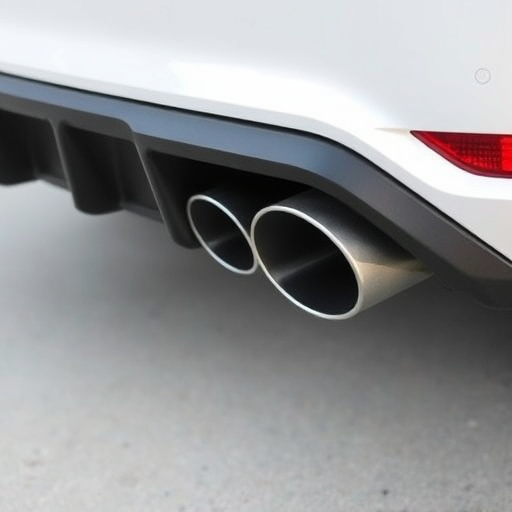
Turbo heat shields are essential components designed to protect critical engine parts from excessive heat generated during high-performance operations. These specialized shields play a crucial role in maintaining optimal temperatures within the engine compartment, especially in vehicles equipped with turbochargers. By acting as a barrier between hot exhaust gases and sensitive components like brake rotors, intake manifolds, and exhaust tips, they significantly enhance the durability of these parts.
The primary benefit lies in their ability to prevent heat-related damage, which can be accelerated by turbocharging. The shield’s material is strategically chosen for its excellent heat resistance and insulation properties, ensuring that hot air from the turbine doesn’t directly contact surrounding structures. This simple yet effective design contributes to a longer lifespan for various components, reducing the need for frequent replacements and maintenance, especially in extreme driving conditions.
How to Choose the Right Turbo Heat Shield for Your Engine
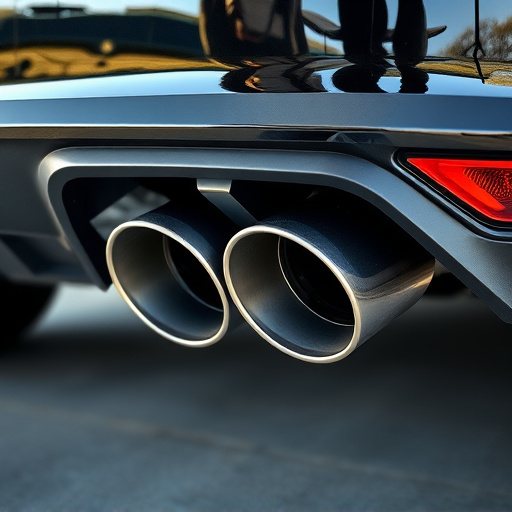
Choosing the right turbo heat shield is crucial for maintaining your engine’s optimal performance and longevity. When selecting a heat shield, consider factors such as material quality and thickness, which directly impact its ability to withstand high temperatures. Opt for materials designed to reflect heat effectively, preventing excessive warmth in the engine compartment. This is especially important if you’ve upgraded your exhaust systems or installed powerful air filter kits, as these modifications can generate significant heat.
Additionally, ensure the heat shield provides adequate coverage without obstructing essential components like exhaust mufflers. Balancing protection and functionality is key to maintaining a cool engine environment. Remember, a well-chosen turbo heat shield isn’t just an accessory; it’s a vital component in fostering the longevity of your engine, particularly when paired with high-performance modifications like those found in many modern vehicles.
Installation Tips and Maintenance Guidelines for Optimal Durability
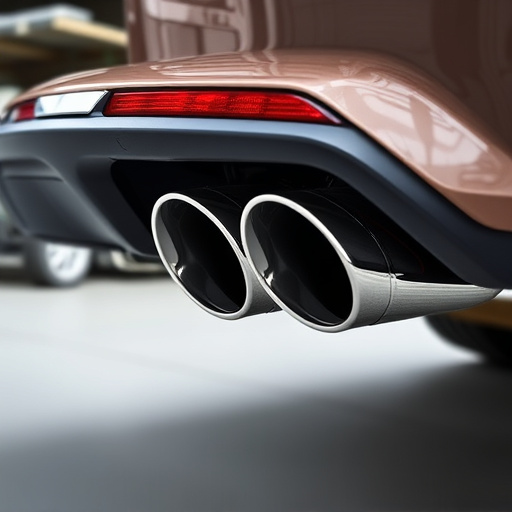
When installing a turbo heat shield, proper technique is key to ensuring optimal durability. Begin by ensuring the engine compartment is clean and free from debris. Next, carefully align the shield with the designated mounting points, verifying it fits snugly without any gaps or misalignments. Secure the shield using the recommended fasteners, torquing them according to the manufacturer’s guidelines. Remember, a secure fit is paramount to preventing heat transfer and potential damage to surrounding components.
Regular maintenance plays a crucial role in prolonging the life of your turbo heat shield. Periodically inspect it for signs of wear or damage, such as cracks or warping. Cleaning with a suitable degreaser can help maintain its effectiveness by removing built-up grime and oil. Additionally, consider replacing performance air filters and cat back exhaust systems regularly, as these components contribute to overall engine health and can indirectly impact the shield’s performance.
A turbo heat shield is not just an add-on—it’s a crucial component for enhancing engine compartment durability. By understanding their role, choosing the right fit, and adhering to installation and maintenance guidelines, you can ensure your vehicle’s performance and longevity. Incorporating a high-quality turbo heat shield is a smart step towards optimizing your engine’s health and overall driving experience.


